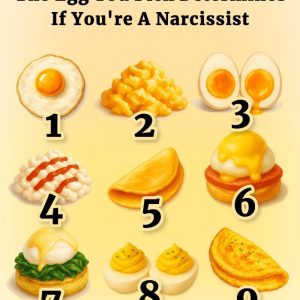
At first, it seems like nothing more than an ordinary tree — rough bark, twisted limbs, a dense canopy. But something about it catches your eye. Look closer. Do you notice a subtle outline where the light shifts? Could that be… a face?
Welcome to the mysterious world of natural illusions, where the forest hides more than just wildlife. Here, trees whisper stories through shapes and shadows—if you know how to see them.
What Is Pareidolia, and Why Do We See Faces in Nature?

This curious ability to detect faces in everyday things has a name: pareidolia. It’s a psychological phenomenon where our brains interpret random patterns—like clouds, rock formations, or the bark of a tree—as familiar images, especially faces.
Why does it happen? It’s rooted in evolution. Spotting a face quickly could once mean recognizing a friend… or sensing a threat. In today’s world, though, it often just makes for a fascinating mental game.
The Tree That Watches You Back
Some artists and photographers use pareidolia intentionally, blending shadows, shapes, and outlines to hide subtle faces within natural forms. In a certain mystical tree image, the branches don’t just stretch — they curve into cheekbones, eyes, and expressions frozen in wood.
It becomes a canvas of ghostly watchers—gentle, silent, almost alive.
How Many Faces Can You Find?

Ready for a challenge? Take a careful look at the tree. Most people only spot a few at first glance. But the image actually hides 14 faces. Can you find them all?
Here are a few hints:
- Center: Two faces are almost touching, their lines blending into each other like twin spirits in the bark.
- Lower half: A few older figures emerge—deep-set eyes, carved wrinkles, even a suggestion of beards.
- Near the base: Younger, softer profiles seem to huddle together, hidden beneath layers of leaves.
Each discovery feels like unveiling a secret, as if the forest is letting you in on a story only it remembers.
The Hidden Art Behind the Illusion

What looks accidental is actually a clever illusion. Artists use techniques like:
- Negative space to trick your eyes into seeing shapes
- Natural textures (like wood grain or knots) to form outlines of mouths, eyes, or hair
- Shadow play to mask and reveal details depending on your focus
- It’s not just about seeing—it’s about how your brain connects the dots.
Want to Try It Yourself?
You don’t need to be an artist to join the fun. Just grab a tree photo, a pencil, and your imagination. Start tracing the natural lines and shadows. Suddenly, what was once just a knot in the wood becomes an eye. A broken branch becomes a jawline.
It’s a calming, creative way to practice mindfulness and boost visual thinking.
Final Thought: What If the Forest Sees You Too?
Next time you walk by a tree with twisted limbs and moss-covered bark, don’t rush past. Stop. Look deeper. The forest may not speak, but that doesn’t mean it’s not watching.
Because sometimes, in the silence between two leaves, a quiet face is waiting to be seen.



